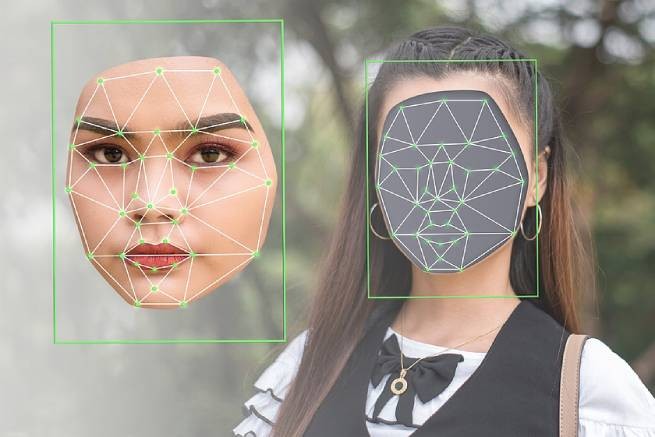Less than 1/3 of users have an idea of how to identify deepfake – this is evidenced by the results of a media literacy test conducted in Ukraine. Since the problem affects citizens of any country, let’s look at what the average Internet user should know to avoid getting into trouble.
First, let’s define what a deepfake is. This is an image synthesis technique based on artificial intelligence. It is used to connect and overlay existing images and videos with original ones. The test showed that only 29% of participants know how to identify deepfake, but 68% of participants know how to “not fall for” fake fundraising online.
The head of the national project on media literacy “Filter” MCIP Valeria Kovtun says, quotes “Ukrinform”:
“Only 29% of participants know which methods are effective for identifying deepfake videos and images. Correct answers: analyzing inconsistencies in faces and lip synchronization, and checking the naturalness of skin color.”
Kovtun spoke in detail about the results of the text, suggesting the correct answers as training for everyone interested in the topic. She noted that 87% of participants knew the difference between a fact and a judgment. In 2022, 10% of participants were able to correctly identify all four of the proposed judgments.
83% of participants understand difference between bloggers and professional journalists. Correct answer: Bloggers distribute materials with their personal point of view, and professional journalists distribute balanced information from reliable sources.
68% of participants know How to avoid falling for fake fundraisers online. Correct answers: contact this organization through available communication channels and ask whether such a collection is really being carried out, send a complaint about this announcement on social networks if the collection is fake.
65% of participants correctly answered the question about how to check information. Correct answers: try checking photos using Google Images, turn to fact-checking initiatives, which very quickly check fakes in times of war.
18% of participants were able to select all the correct answers to the question: what you need to pay attention to before trusting a telegram channel. Correct answers: the presence of the name and contact of the author of the channel or the name of the media that runs it, the presence of a link to the official website and a mention of this telegram channel on this site; lack of information like “the authorities don’t talk about this” or “the godfather who works in the SBU said it,” the presence of links to primary sources in messages.
32% of participants indicated a message about “chemtrails”, as an example of an emergency warning, the result of a scientific study, or verified news. The correct answer is a conspiracy theory.
Only 38% of test takers correctly answered the question how check the reliability of the user’s expertise Olena_dieta, talking about the benefits of using a certain seasoning. Correct answers: look for academic studies that confirm or refute the information; find the full name of the author of the video and check if she is really an expert.
What’s happened tabloid58% of participants know, while demonstrating an understanding of the foreign information field.
The test revealed gaps in knowledge about phishing – only 12% answered correctly the question of how to avoid it.
Ukrainians answered the question best when they had to determine what they would do after seeing certain information about a popular person giving a speech. 95% gave the correct answer – you must first check the information.
The difficult question was where it was necessary to determine from the list what exactly is not a journalistic standard. Only 7% gave the correct answer.
This year, questions were added to the test that were not included in the past, for example, about artificial intelligence. 72% of Ukrainians gave the correct definition of the concept of “artificial intelligence”, but only 47% understand the principles of AI. Kovtun explains:
“With this question, we wanted to check whether Ukrainians understand that artificial intelligence in itself is not evil, that it is only a tool that helps us systematize and make decisions based on this. Artificial intelligence is influenced by the selection of this data. What kind of data do we We will give it to him for research and study, and with such an answer he will come to us.”
Compared to last year, there are fewer participants in the “Media Literacy Guru” category (34-30 points): in 2022 – 9%, in 2023 – 6%. But there are many more at the “Beginner” level (12-23 points) – in 2022 this is 44% of participants, in 2023 – 53%.
The test consisted of five blocks and 34 questions: basic concepts of media literacy and information space (8 questions), social networks (7 questions), reliability and influence of information (10 questions), fact-checking skills (5 questions) and the ability to secure personal data and resources (4 questions).
The majority of participants are women – 78%, men – 21%. People of different age categories took part in testing. Participants aged 15 to 18 years were the largest proportion of those who took the test, at 24%.







More Stories
Where will Greeks go for Easter: the best domestic and foreign destinations
Fine 1200 euros for the bad habit of Greeks at Easter, who is at risk
UK: human trial of melanoma vaccine started